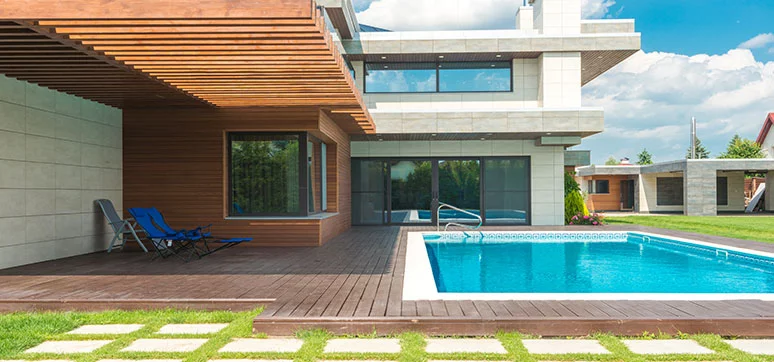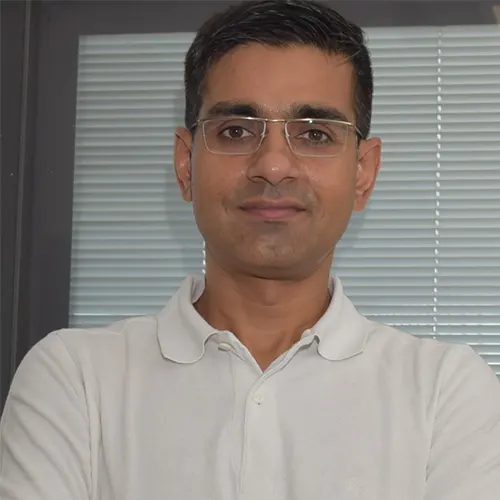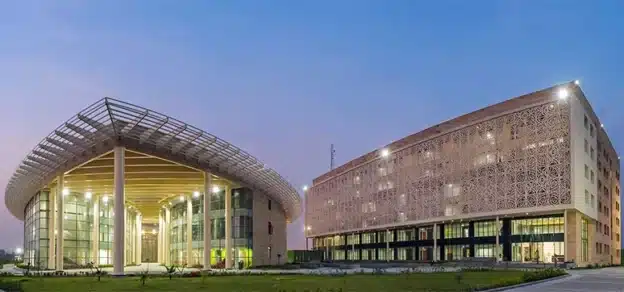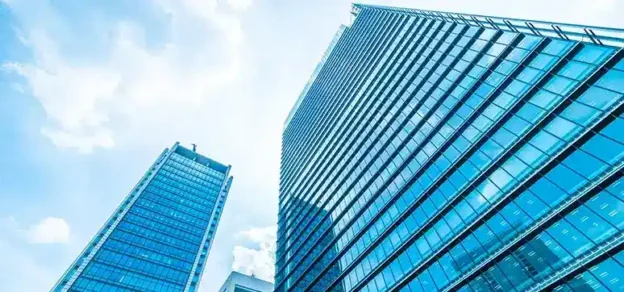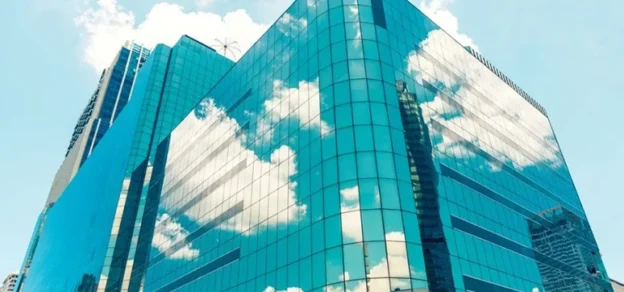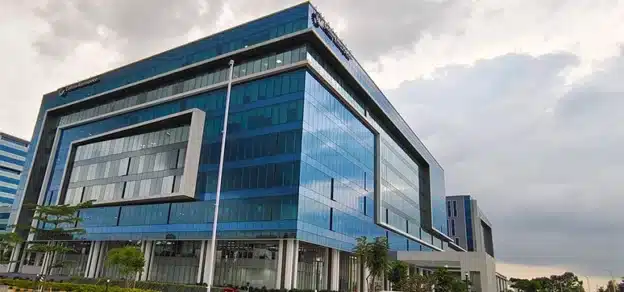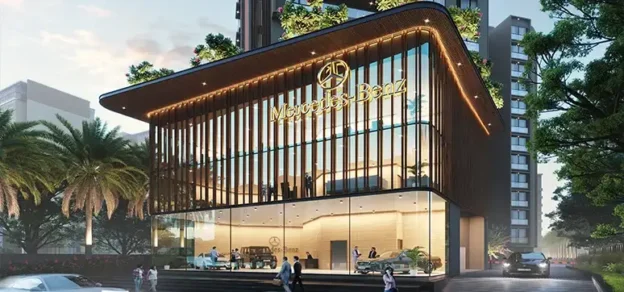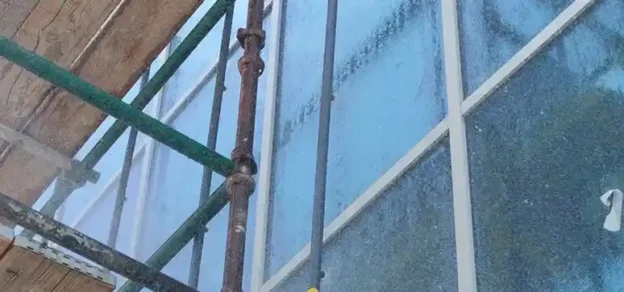Construction is a vital sector in architecture. Many sites have opened while observing strict safety protocols, and this has kept consultants and contractors busy despite the challenging months. Nevertheless, crises and opportunities seem to have had a massive impact on the façade and fenestration sector compared to real estate. Due to the effects of COVID-19, the façade and fenestration industry faced challenges like shortages of liquidity, materials, labor, etc. As a result, many upcoming projects were halted due to the recession. The cost of products, materials & labor has also increased dramatically. Although the demand for façade materials may have decreased due to cost constraints, things seem to be finally getting back on track.
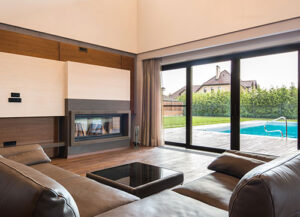
Glass has transformed modern architecture, allowing people to enjoy panoramic views. Flat glass is widely used in industrial settings for numerous end-products, including buildings and windows, solar cells, and windscreens. The automotive industry, building, and construction sectors are significant users of the same too. Flat glass plays a vital role in mitigating the effects of climate change by promoting energy conservation and lowering greenhouse gas emissions. In addition, this glass offers multiple end-user applications in healthcare, optical, aerospace, electronics, and telecommunications. Unfortunately, the start of 2021 saw a rise in glass costs compared to the previous year, causing a big hit on downstream enterprises, like glass processors, façade contractors, and real estate developers.
Aesthetics matter in high-end construction and the new-age user is primarily drawn to appearances that strongly favor the flat glass market. Furthermore, due to beneficial characteristics like clarity and transparency, glasses are in high demand. Produced in small and large-scale units, this glass undergoes a rigorous making process, and the need for the same continues to rise, thanks to advances in the chemical industry. With technological advancements, the glass for the manufacturing process has become smoother and faster, resulting in higher production volumes.

The negative impact of the COVID-19 pandemic has also created a demand spike for fenestrations due to delays in completing existing projects. Alongside this, the changing face of this industry now reflects a more experimental generation of end-users who seek revolutionary, nontraditional materials, new colors, and designs. Energy-efficient elements top the list of must-haves in their homes and offices. For this generation, doors and windows are not just about enhancing the aesthetics of the interiors and exteriors but keeping out the unwanted.
Cities in India are expanding vertically and this results in the formation of heat islands where products that are not good for the environment exacerbate. By making the switch to eco-friendly fenestrations one can ensure the overall wellbeing and productivity of the occupants. While in the long run creating iconic structures to evoke a modern aesthetic ethos remains the primary focus, this also brings with it the growing threat and real danger of ignoring the environmental prerogatives of sustainable architecture and development.
ORIENTATION AND FENESTRATION

The orientation of a building is critical for determining its exposure to sunlight. Therefore, solar exposure on a façade is, continually changing. Hence, to control solar heat gain, we need to develop façade systems that complement the climatic functioning and quickly adapt to the building’s orientation. Controlling solar heating through the fenestration industry brings with it a plethora of other benefits for the environment too.
MATERIAL SELECTION
Material selection is pivotal for designing sustainable façades. Improving the thermal performance of building envelopes and minimizing thermal bridging are critical design strategies for sustainable façades. Thermal bridging within a wall occurs where a highly conductive material, such as metal support, penetrates the façade as an insulation layer that can be incorporated into all types of façades.
HEAT AND MOISTURE MOVEMENT
Heat transfer through façades follows the fundamental principle of flowing from higher to lower temperatures through conduction, convection, radiation, and air leakage. Therefore, understanding these factors can help to choose a suitable material for the fenestration.
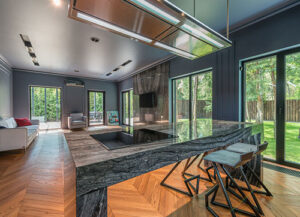
THERMAL COMFORT
Thermal comfort is the condition that defines a person’s state of mind in terms of whether they feel too hot or too cold in a particular environment. Therefore, it is critical to choose façades systems based on their thermal performance.
According to research, the Architectural Glass market was valued at USD 71010 million in 2020. It is estimated to reach USD 114030 million by 2027, at a CAGR of 7.0% during the forecast period 2021-2027. As per Mordor Intelligence, the flat glass market in India was valued at over USD 2 billion in 2020 and is projected to register a CAGR of more than 4% during the forecast period (2021-2026). Though COVID-19 has impacted the market, projections reveal the Indian real estate industry market size to reach USD 1 trillion in 2030 from USD 120 billion in 2017, and the demand for glass is expected to rise.
Post the pandemic; the building industry has adopted safety protocols to reduce human interaction and minimize transmission risk during manufacturing, transportation, and installation. On the other hand, the demand for automation in this sector is also on the rise. With minimal disruption, design practices have succeeded in shifting face-to-face communication to video conferencing.
The pandemic has acted as a catalyst to implement this already available technology and helped reveal its potential to reduce transport, associated costs, time, energy, and emissions. It has also enhanced collaboration across geographies. However, design practices need to re-evaluate their offering and work more efficiently and systematically. We need to step up qualitatively to add more value to our clients. It is time to be creative and innovative, and automation through parametric software will play an important role in increasing efficiency.
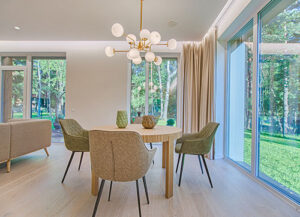
Rapid industrialization combined with the adoption of intelligent and energy-efficient technology positively influences the flat glass market demand. More than 45-50% of India’s flat glass industry is linked to the architectural sector. However, the energy sector’s share is expected to increase, with India’s emphasis on solar power and its target by 2022. Alongside, one can use flat glass as a display for various electronic goods, like mobile phones and tablets.
Yes, the rapid construction of new housing and renovation/rebuilding activities has created more opportunities for the fenestration industry. Nevertheless, we have to undertake healthier environmental protocols to preserve the resources. In addition, by taking liquidity help from banks for sustaining and better utilization, there is a need to adopt design automation and robotics installation, which could be a way to support this industry.
Automated robotics machinery accelerates the fabrication of façades. Earlier workforce utilization was restricted to cutting, notching, slitting, cleating, punching, assembling, to glazing. Robotic stainless-steel welding makes the entire process seamless and more productive. Alongside this, it reduces labour costs in the high-demand and high-quality Middle Eastern markets.
The Indian fenestration industry is directly linked to the construction industry’s performance, with an overall growth of 20% annually. Although the project business has slumped in recent years, retail is still on a steady growth path. But shortly, with massive project announcements from the Government and propositions by the Planning Commission to build over 20 million new houses in the next ten years, the real estate sector in India continues to seek greener pastures. Thus, the related segments, including the windows & door market, will boom again, though the past few years saw a decline in sales. Therefore, it depends on us to architect a profitable and sustainable future for the industry.
